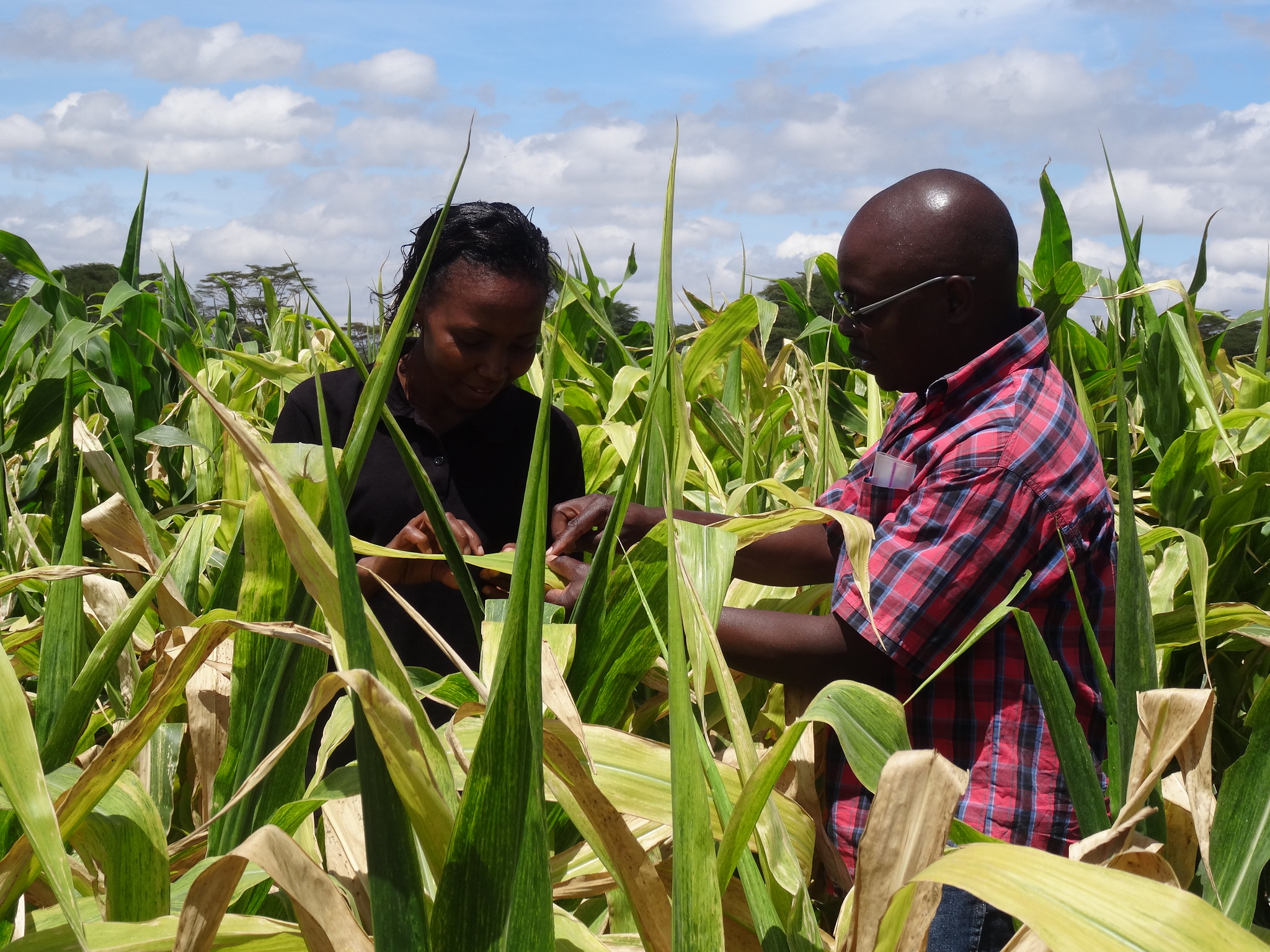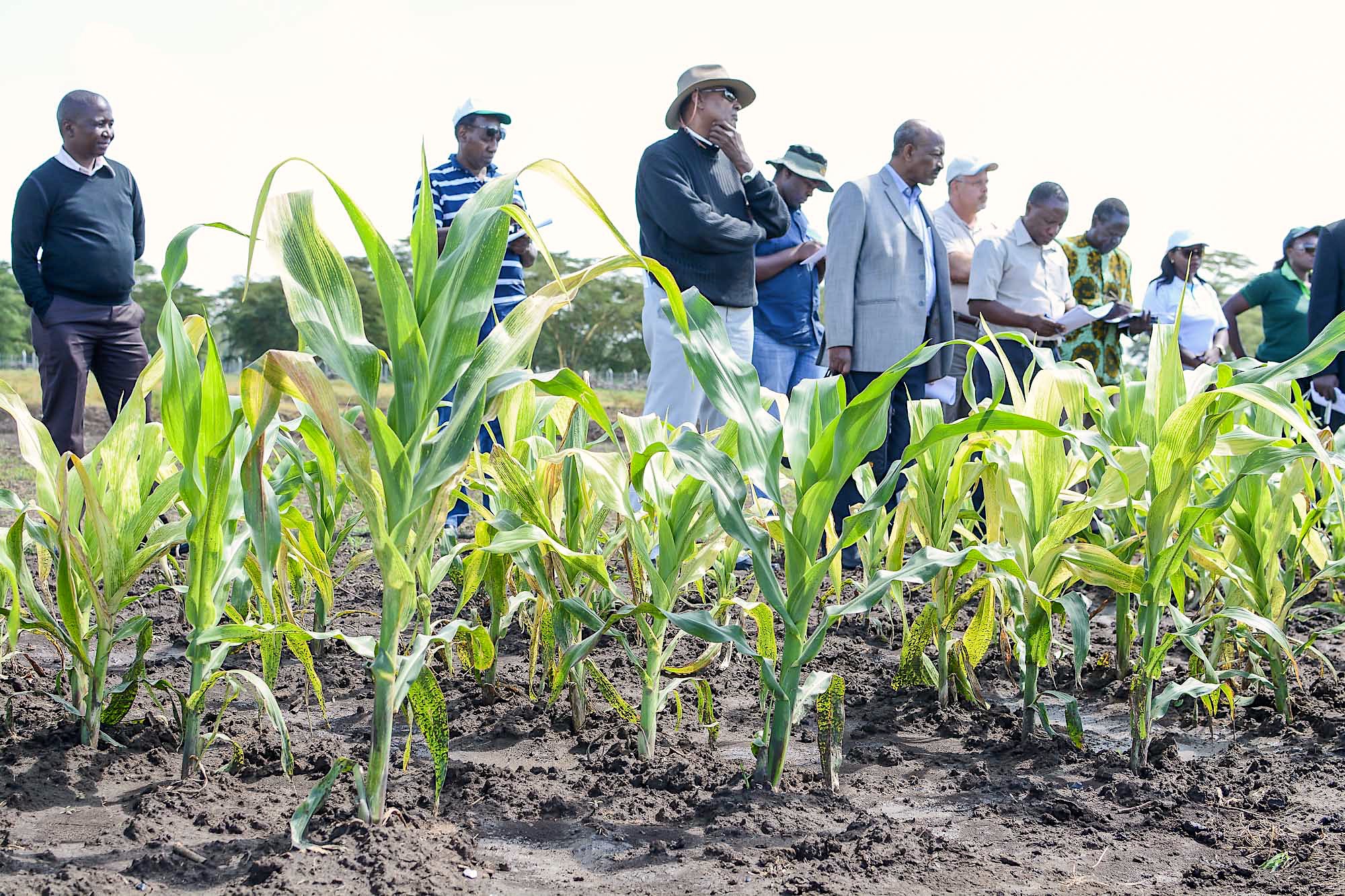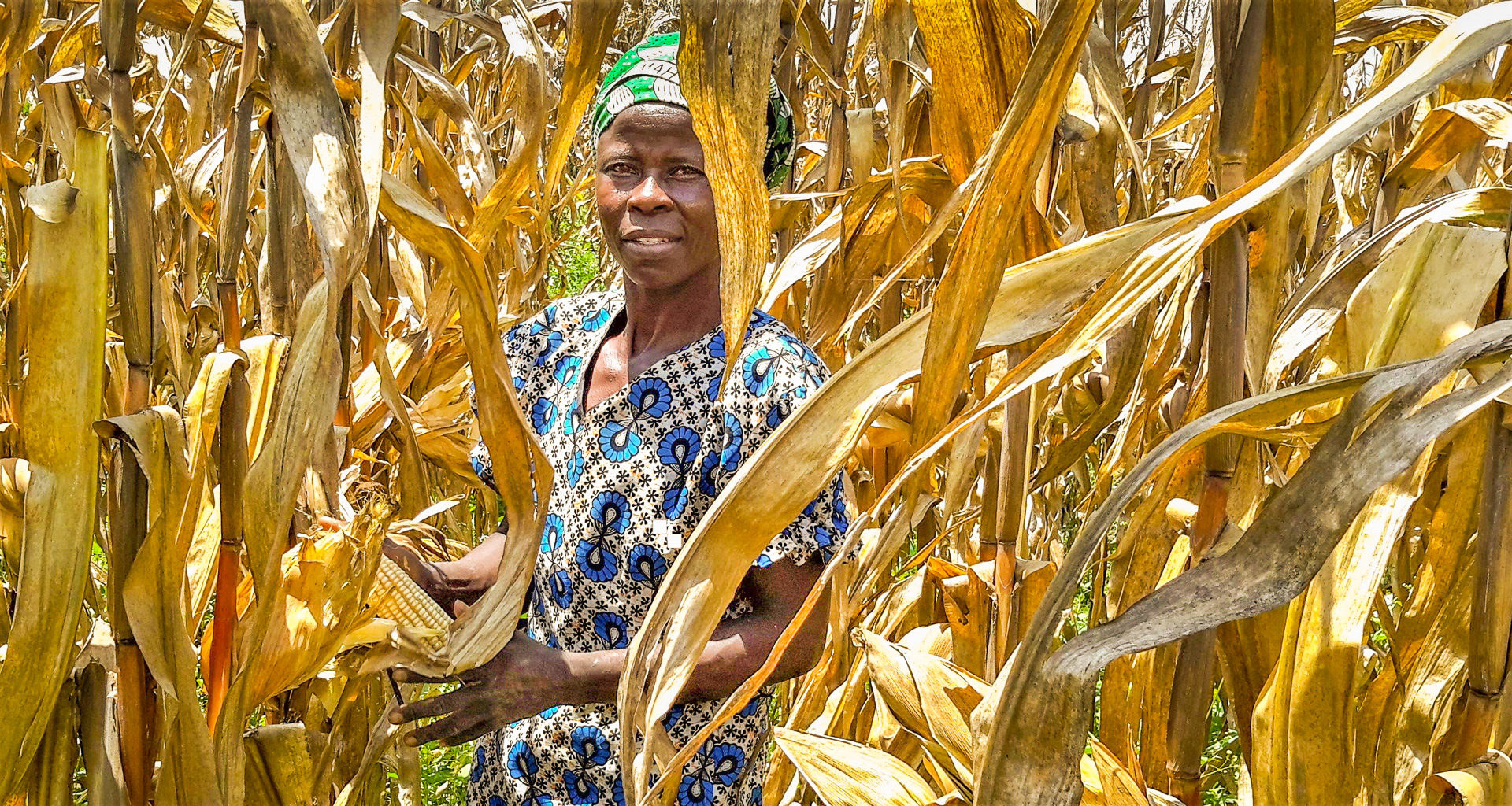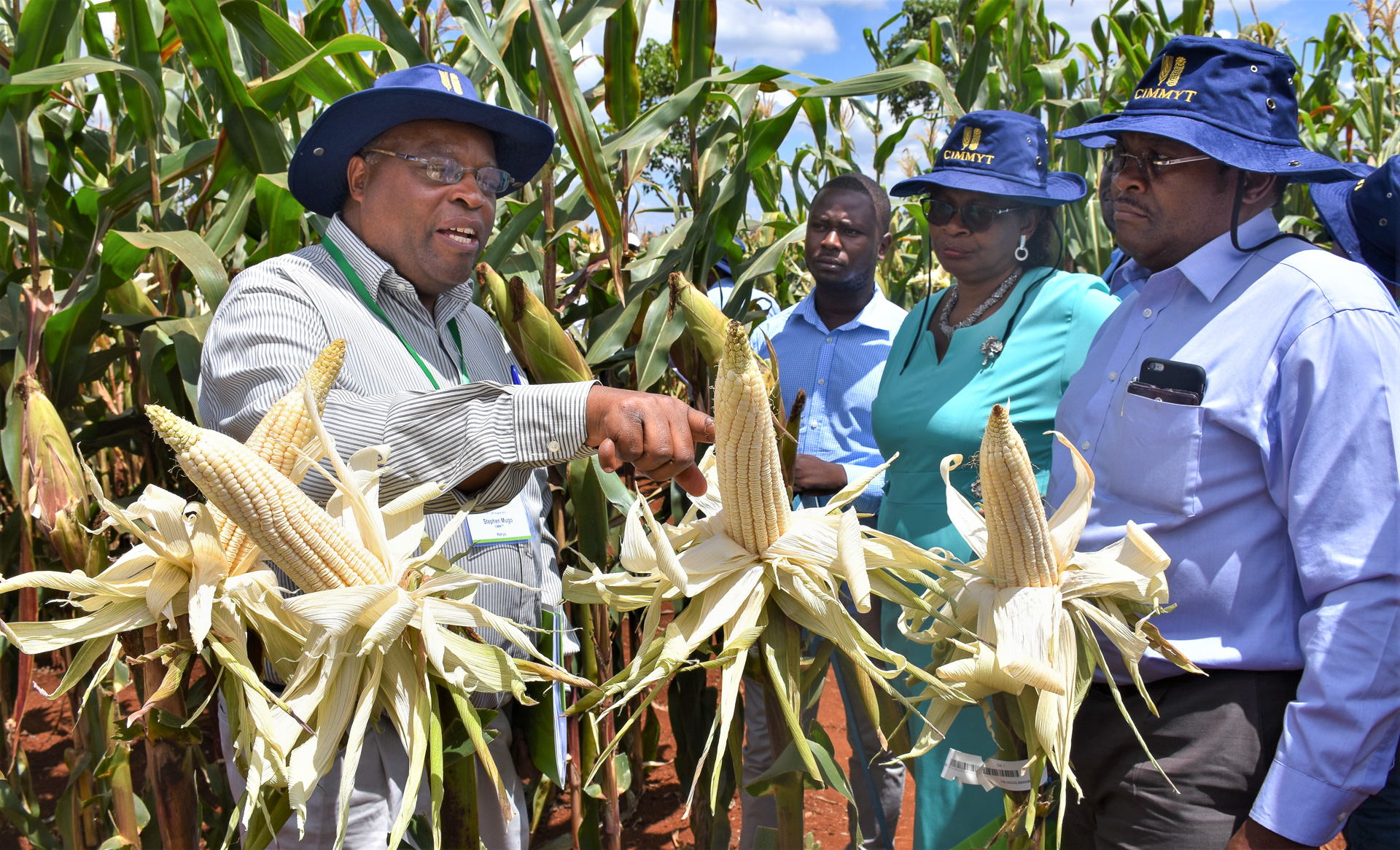The Maize Lethal Necrosis (MLN) Gene Editing Project uses gene editing technology to transform four elite CIMMYT maize lines which are susceptible to a devastating maize disease known as MLN. The disease first appeared in Kenya in 2011, and by 2013 it had reduced maize yields across the country by an average of 22%, resulting in loss of production worth $180 million and forcing many smallholder farmers to abandon planting maize. By 2014 it had spread to D.R. Congo, Ethiopia, Kenya, Rwanda, Tanzania and Uganda, hence posing a major threat to the food security and livelihoods of millions of Africans.
CIMMYT and its partners have responded to the problem by successfully developing MLN-tolerant hybrids through conventional backcrossing, which takes approximately 4-5 years. On the other hand, with the use of a gene editing technology known as CRISPR-Cas9, the breeding process can be accelerated, thereby reducing the time required to 2-3 years only, so that smallholders get faster access to improved maize varieties.
In partnership with Corteva Agriscience — which has significant expertise in the genome-editing field and who is the technology owner — and KALRO (Kenya Agricultural and Livestock Research Organization), CIMMYT scientists have been able to make a breakthrough via the CRISPR-Cas9 technology. The technology, Clustered Regularly Interspersed Short Palindromic Repeats (CRISPR) along with CRISPR-associated System (Cas) containing Protein 9, functions to replicate natural mutations in maize that will help strengthen its resistance to MLN. At the same time, this precisely targeted crop improvement process eliminates the transfer of many undesirable genes that would often accompany the desired ones as with the case in traditional backcrossing.
Under this project, four CIMMYT inbred lines, that are parents of two commercial hybrids in eastern Africa but susceptible to MLN, have been selected to undergo gene editing to become MLN-resistant. The edited, MLN-resistant lines will in turn be used to produce MLN-resistant hybrids which will still carry all the farmer-preferred agronomic traits including drought tolerance, similar to other elite maize hybrids developed by CIMMYT and released through partners.
CIMMYT is working in close collaboration with KALRO and other partners from the public and private sectors to increase the number of MLN-resistant Africa-adapted inbred lines and hybrids, as well as to make deployment efforts. By 2025, subject to compliance with regulatory procedures, commercial seeds of the gene-edited MLN-resistant elite maize hybrids will be available to up to 20,000 smallholder farmers for approximately 40,000 hectares of planting. In line with the CGIAR Principles on the Management of Intellectual Assets and CIMMYT’s constant endeavor to treat its improved germplasm as international public good, the MLN-resistant hybrids will be available royalty-free and seed companies entering into commercialization/licensing agreements in connection with this project will not be allowed to charge smallholder farmers higher seed cost. In this way, more farmers in MLN-affected countries in eastern and Central Africa can eventually benefit from increased supply of high-yielding, MLN-resistant and affordable maize products.
Related documents:


 Innovations
Innovations 

